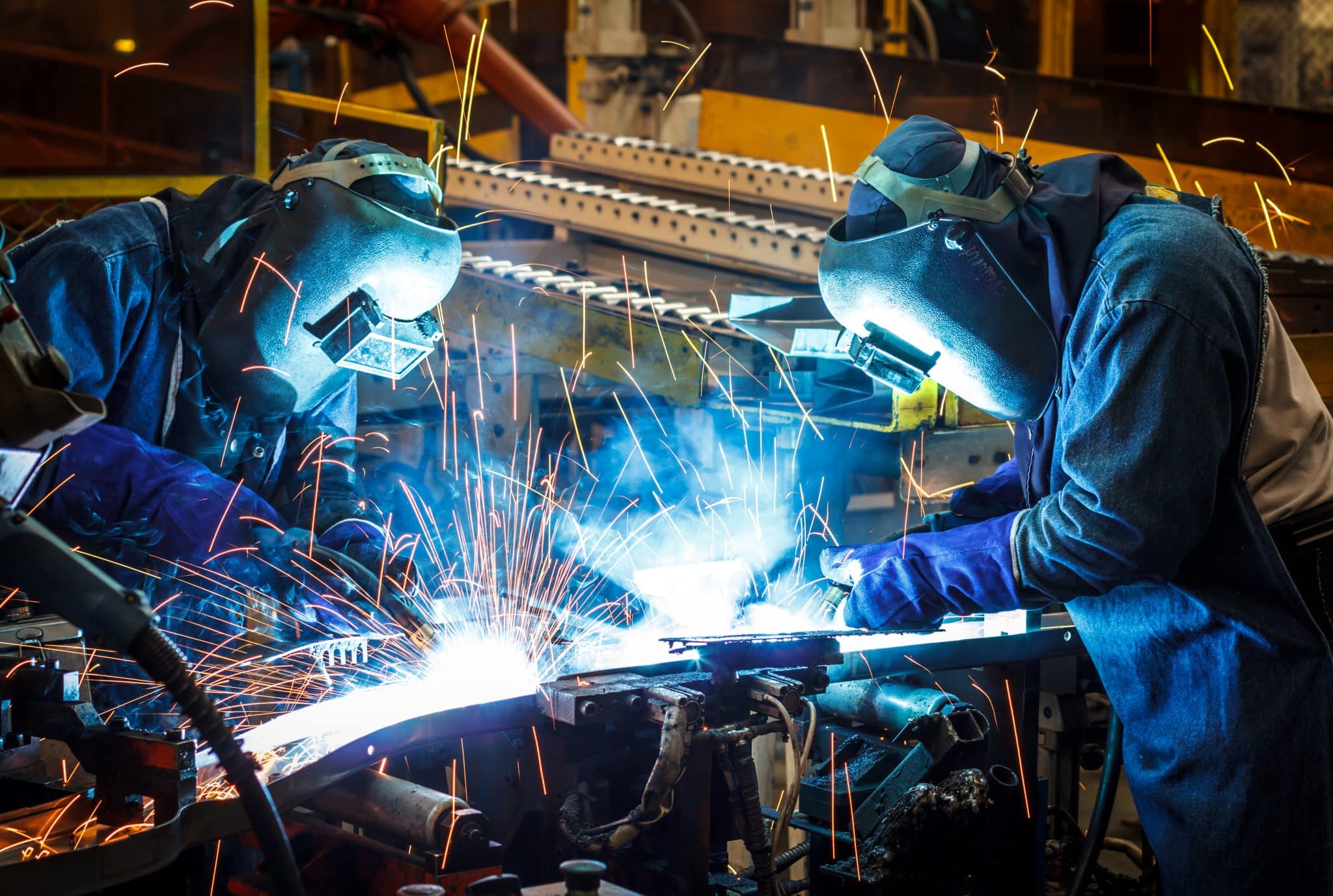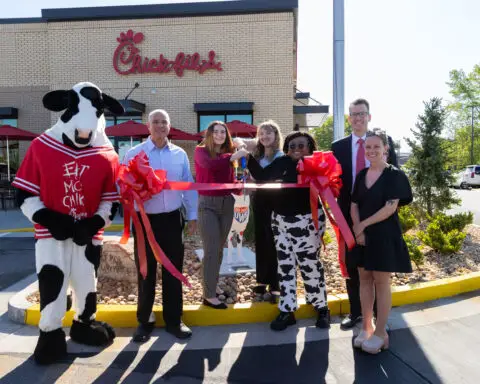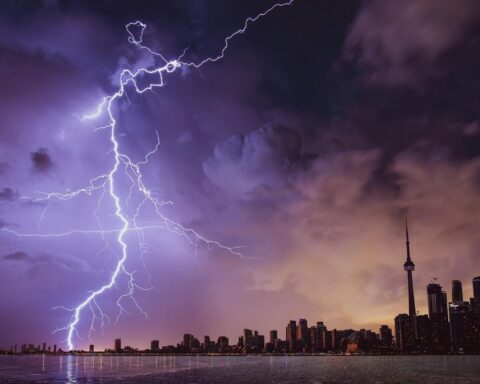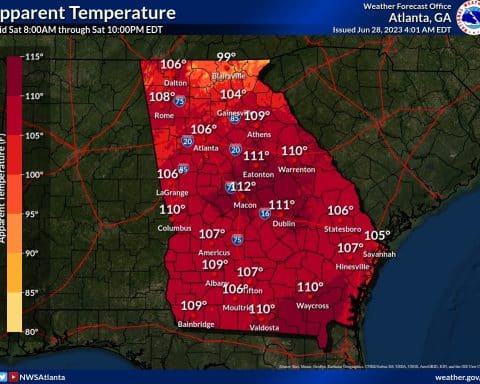There’s more to Labor Day than what often seems to only amount to the final barbecues and three-day weekends of summer. The federal holiday, celebrated the first Monday in September, marks a major win for American workers. Learn about the history of Labor Day and why it deserves recognition beyond burgers and sales.
10 Facts About the History of Labor Day and the Labor Movement
1. The first Labor Day “parade” was actually a strike.
On Sept. 5, 1882, tens of thousands of union laborers marched from New York City Hall to Union Square to protest deplorable working conditions amid the Industrial Revolution: Workers, including children as young as five years old, labored in unsafe factories, farms, mills and mines for 12 hours or more per day, seven days a week, often without breaks, fresh air or even clean water. Many workers risked their jobs and livelihoods in order to march.
Related: The 20 Best Labor Day Furniture Deals to Get Now at Amazon’s Sale, Like a Queen Mattress for $200
2. The war on police brutality was directly tied to the Labor movement.
In early May 1886, a labor protest rally in Chicago turned into what’s now known as the Haymarket Riot. Police fired into a crowd, killing at least two but possibly six protesters (reports at the time varied) and injured several others in a peaceful rally demanding an eight-hour workday and safe conditions.
The following evening, at the end of a rally peacefully protesting police brutality, a still-unidentified individual threw a bomb, killing seven cops and at least four protesters. More protests followed, some condemning the slayings and others slamming police brutality. Gunfire between police and protesters broke out, wounding 60 cops and even more civilians. The outrage and unrest led to the convictions of eight alleged anarchists, with four being hanged. Three surviving defendants were later pardoned.
Related: Happy Labor Day Quotes
3. New York City recognized Labor Day in 1882.
It would be several more years before it became a federal holiday.
Related: Should You Expect USPS Mail Delivery on Labor Day?
4. A deadly railroad strike led to the federal recognition of Labor Day.
The Pullman Palace Car Company cut wages following an economic depression in the early 1890s, leading many railroad workers to join the American Railway Union, led by Eugene V. Debs. The union supported the workers with a strike against Pullman train cars. After the striking workers were punished, the entire ARU went on strike, and within days, 125,000 railroad workers quit their jobs.
Then-President Grover Cleveland sent in troops and U.S. Marshals, claiming that the railroad strike interfered with mail delivery. As a result, 13 workers were killed and nearly 60 were injured. The incident was known as the Pullman Strike. Cleveland began to show support for the Labor Movement afterward and made Labor Day a federal holiday in 1894—but his motives have been said to likely be political gain more than genuine sympathy for workers.
Related: Wait, Are Banks Open on Labor Day?
5. Railroad workers didn’t get a standard eight-hour workday until 1916.
It wasn’t until another massive railroad workers’ strike that the standard eight-hour workday became law. In 1916, 400,000 rail workers in four different unions threatened to strike unless the rule was implemented. President Woodrow Wilson signed the Adamson Act, making an eight-hour workday the legal standard, out of fear of the repercussions of a railroad strike.
Related: Is Walmart Open on Labor Day 2023?
6. Other workers had to wait much longer for government regulation of work hours.
The Fair Labor Standards Act (FLSA) was enacted in 1938 to expand the standardized eight-hour workday to industries beyond railroads. It also established minimum wage, overtime pay and child labor laws.
Related: Will Costco Be Open on Labor Day 2023? Here’s What You Need to Know About the Store’s Holiday Hours.
7. Labor Day weekend technically has two holidays.
Labor Day always falls on the first Monday of September, but in 1909, it was declared that the Sunday preceding Labor Day would be “Labor Sunday,” dedicated to educational and spiritual messages and goals of the Labor Movement.
Related: 45 Recipes to Kick Your Labor Day Weekend Up a Notch
8. Labor Day and May Day are similar, but not the same.
The concept of Labor Day is essentially the same as that of May Day, now known as International Workers’ Day, celebrated worldwide (though not widely recognized in the United States) on May 1 every year.
Related: How To Avoid Flight Delays This Labor Day Weekend
9. Canada had the idea first.
From January through June 1872, Canada marked the Nine Hour Movement for laborers in an effort to shorten working days.
Related: TSA Just Issued a Stark Warning About Your Labor Day Travel Plans
10. No one is quite sure who invented Labor Day.
Peter J. McGuire, who served as general secretary of the Brotherhood of Carpenters and Joiners and was a co-founder of the American Federation of Labor, is largely credited with conceiving Labor Day to recognize people “who from rude nature have delved and carved all the grandeur we behold.” However, Matthew Maguire, a machinist and secretary of Local 344 of the International Association of Machinists in Paterson, N.J., is also believed to have had a hand in founding Labor Day, proposing the holiday when he served as secretary of New York’s Central Labor Union in 1882.
Check out these 10 great films that celebrate American working class heroes for Labor Day.







